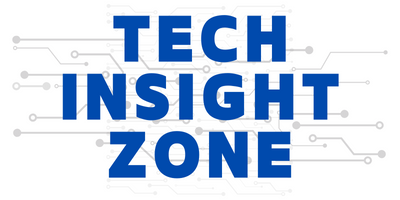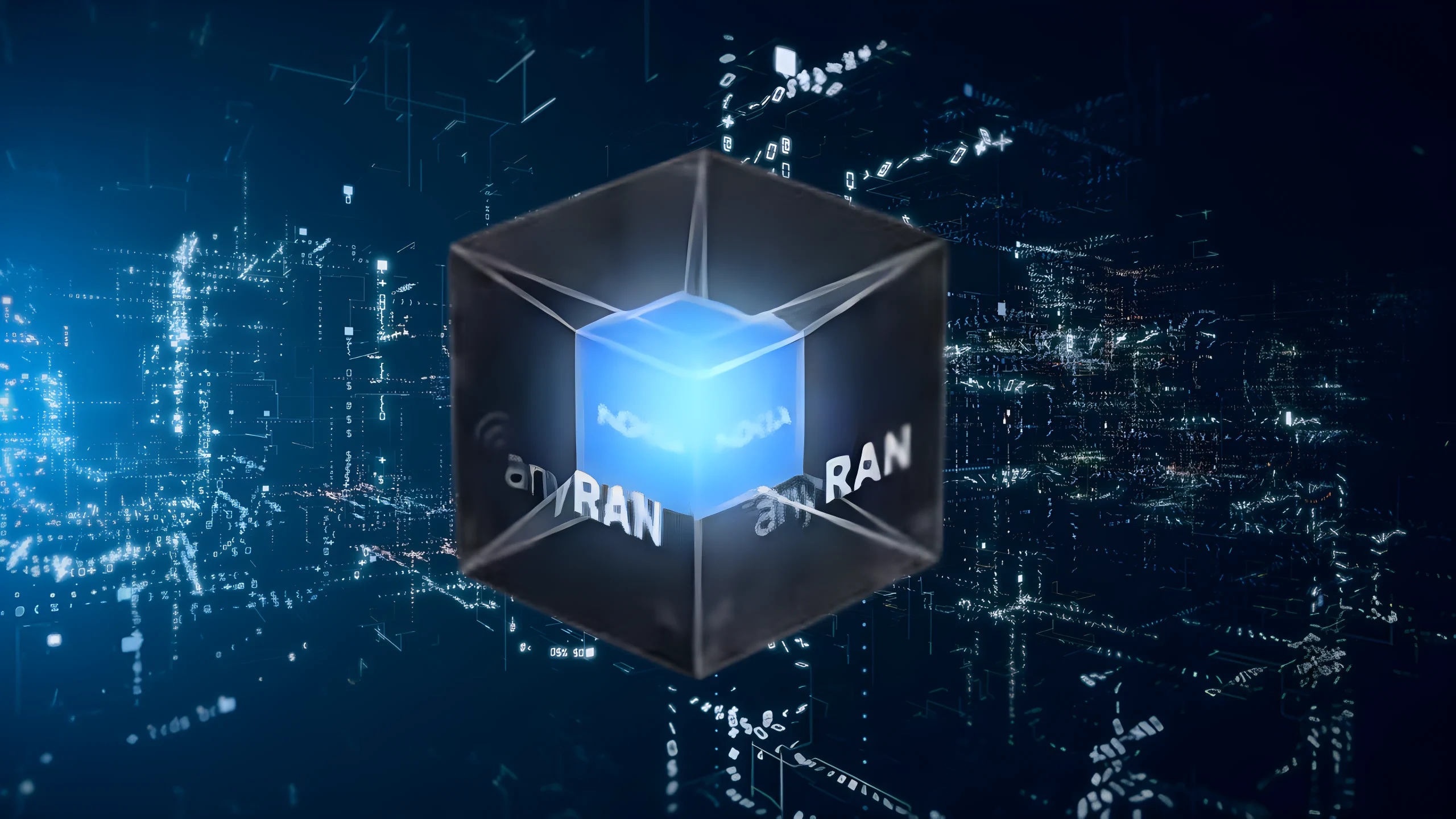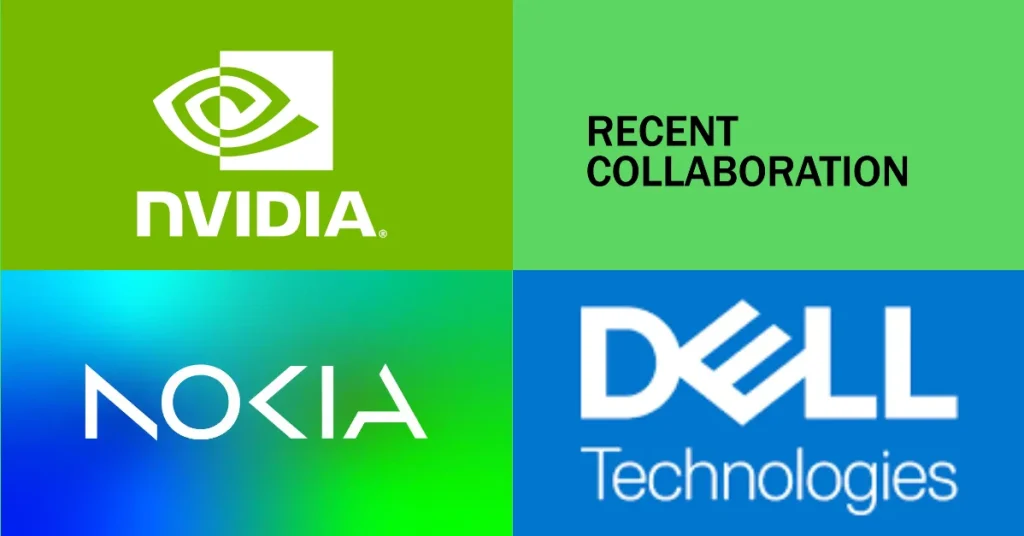The mobile network landscape is undergoing a seismic shift, driven by the surging demand for data, the rise of 5G, and the transformative potential of artificial intelligence (AI).
In this dynamic environment, Nokia, once a dominant player in the industry, finds itself in a pivotal position. To solidify its footing and spearhead the next wave of innovation, the Finnish telecom giant has embarked on strategic collaborations with industry leaders like NVIDIA and Dell.
This analysis delves deep into these partnerships, exploring their significance, the technologies involved, and the potential impact on the future of mobile networks.
Why Partner Up? A Match Made in Silicon Valley
| Feature | Nokia | NVIDIA | Dell |
|---|---|---|---|
| Expertise | Network Infrastructure | High-performance computing | IT Infrastructure |
| Offerings | Cloud RAN, AirScale Baseband | Grace CPUs, GPUs | PowerEdge servers, NativeEdge platform |
| Benefits for Nokia | Enhanced performance, energy efficiency | Access to AI technologies | Flexible, cost-effective infrastructure |
Nokia and NVIDIA, seemingly from different corners of the tech world, share a common goal: to unlock the power of AI in mobile networks.
While Nokia possesses deep expertise in network infrastructure, NVIDIA reigns supreme in the realm of high-performance computing. This partnership marries these strengths, creating a potent cocktail of hardware and software innovation.
On the other hand, Nokia’s recent collaboration with Dell, a leading provider of IT infrastructure solutions, tackles the hardware challenges of Cloud RAN deployments.
Dell’s expertise in servers and cloud technologies seamlessly integrates with Nokia’s cloud-native RAN architecture, accelerating the transition to a more agile and scalable network model.
These partnerships address a critical need for Nokia: to compete effectively in a rapidly evolving market dominated by agile startups and established tech giants.
By leveraging the complementary strengths of its partners, Nokia gains access to cutting-edge technologies, expands its reach, and enhances its value proposition for customers.
The Technological Arsenal: AI, Cloud RAN, and Beyond
The NVIDIA collaboration focuses on Cloud RAN solutions powered by their Grace CPUs and GPUs. These advanced processors deliver exceptional performance and energy efficiency, crucial for handling the complex demands of AI-driven networks.
Moreover, Nokia’s In-Line accelerator technology and Cloud RAN software complement this hardware foundation, creating a robust and integrated solution.
The Dell partnership, meanwhile, revolves around transitioning existing AirFrame customers to Dell’s PowerEdge servers, paving the way for a more flexible and cost-effective cloud-based infrastructure.
Additionally, integrating Nokia’s NDAC private wireless solution with Dell’s NativeEdge platform creates a comprehensive offering for enterprise edge use cases.
These collaborations go beyond hardware and software. They represent a commitment to open architectures and interoperability, crucial for fostering innovation and accelerating ecosystem development.
This open approach aligns with Nokia’s “anyRAN” strategy, which allows customers to choose the best-fit components from various vendors, breaking the traditional lock-in of proprietary systems.
But what does all these mean to us?
The Impact: A Vision for Smarter, Faster Networks
The combined efforts of Nokia, NVIDIA, and Dell could significantly impact the future of mobile networks. Here are some key areas of potential transformation:
- Enhanced Performance & Efficiency: AI-powered networks can optimize resource allocation, predict network issues, and automate tasks, leading to faster data speeds, lower latency, and improved network efficiency.
- Personalized User Experience: AI can personalize network experiences based on individual user preferences and usage patterns, ensuring optimal performance and quality of service.
- Network Security & Reliability: AI-powered security solutions can proactively detect and mitigate cyber threats, enhancing network resilience and safeguarding user data.
- Unlocking New Use Cases: AI-powered networks can enable innovative applications in areas like connected vehicles, smart cities, and industrial automation, unlocking new revenue streams for operators and enterprises.
And definitely, all these signify that Nokia is coming back.
Nokia’s Comeback Story: A Phoenix Rising?
Nokia’s recent collaborations signify a strategic shift, marking a potential comeback for the once-dominant player.
By embracing partnerships, open architectures, and cutting-edge technologies like AI and Cloud RAN, Nokia is demonstrating its agility and adaptability in a rapidly changing landscape.
However, the road ahead is not without challenges. Competition remains fierce, and Nokia needs to maintain its focus on innovation and execution to stay ahead of the curve.
Additionally, building trust and demonstrating a clear value proposition for customers will be crucial for securing long-term success.
Conclusion: A Collaborative Future for Mobile Networks
The mobile network industry is at a crossroads, with AI poised to be a game-changer. Nokia’s strategic partnerships with NVIDIA and Dell represent a bold step towards harnessing this potential and shaping the future of connectivity.
While challenges remain, these collaborations offer a glimpse of a smarter, faster, and more personalized network experience for everyone.
As the industry evolves, one thing is certain: collaboration will be key to unlocking the full potential of AI and driving the next generation of mobile networks.
While Nokia spearheads the network revolution, delve into the debate over the iPhone 16 Pro’s camera design – is it a futuristic marvel or a misstep in functionality?
Uncover how these narratives intertwine, shaping the landscape of both telecommunications and consumer technology.





